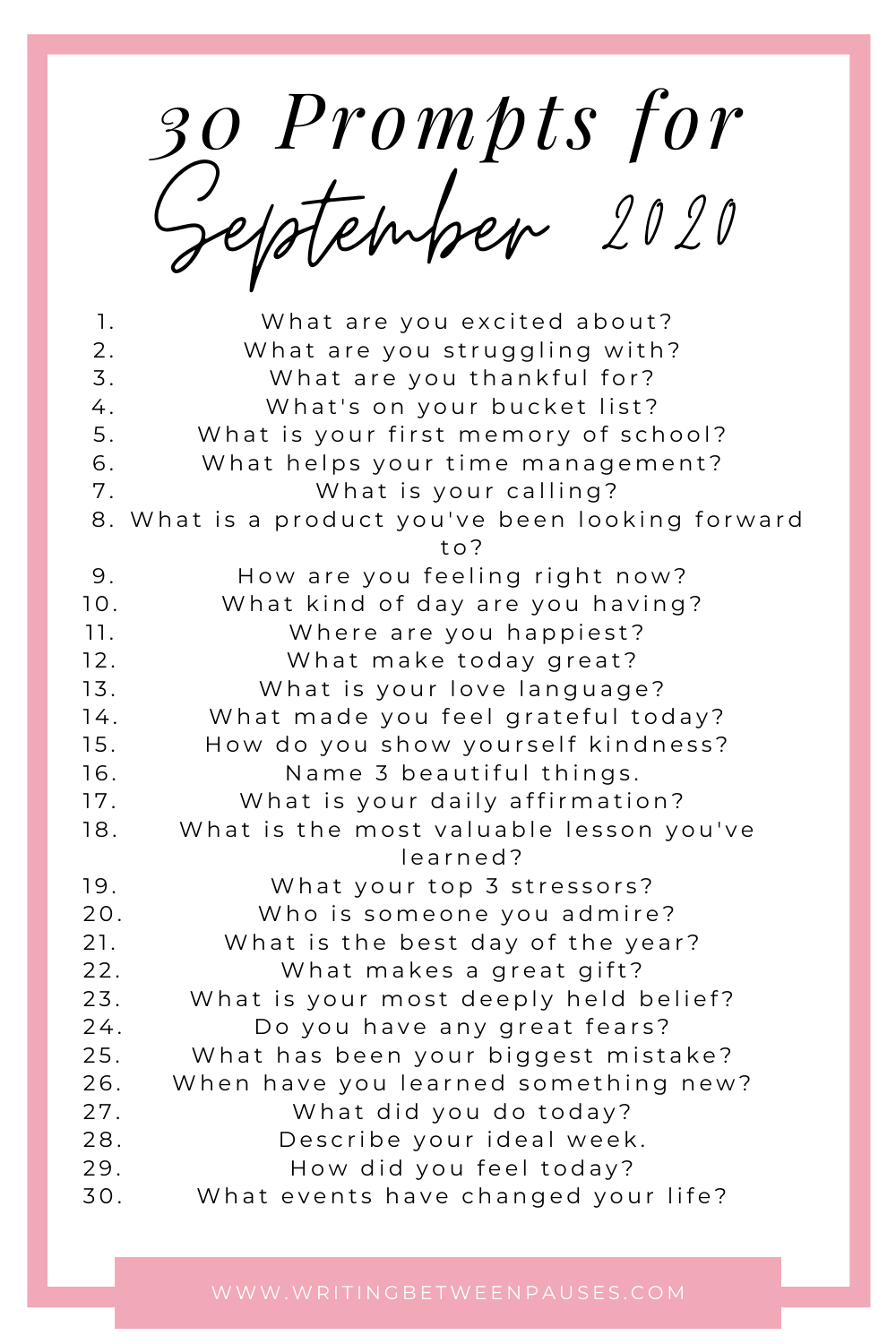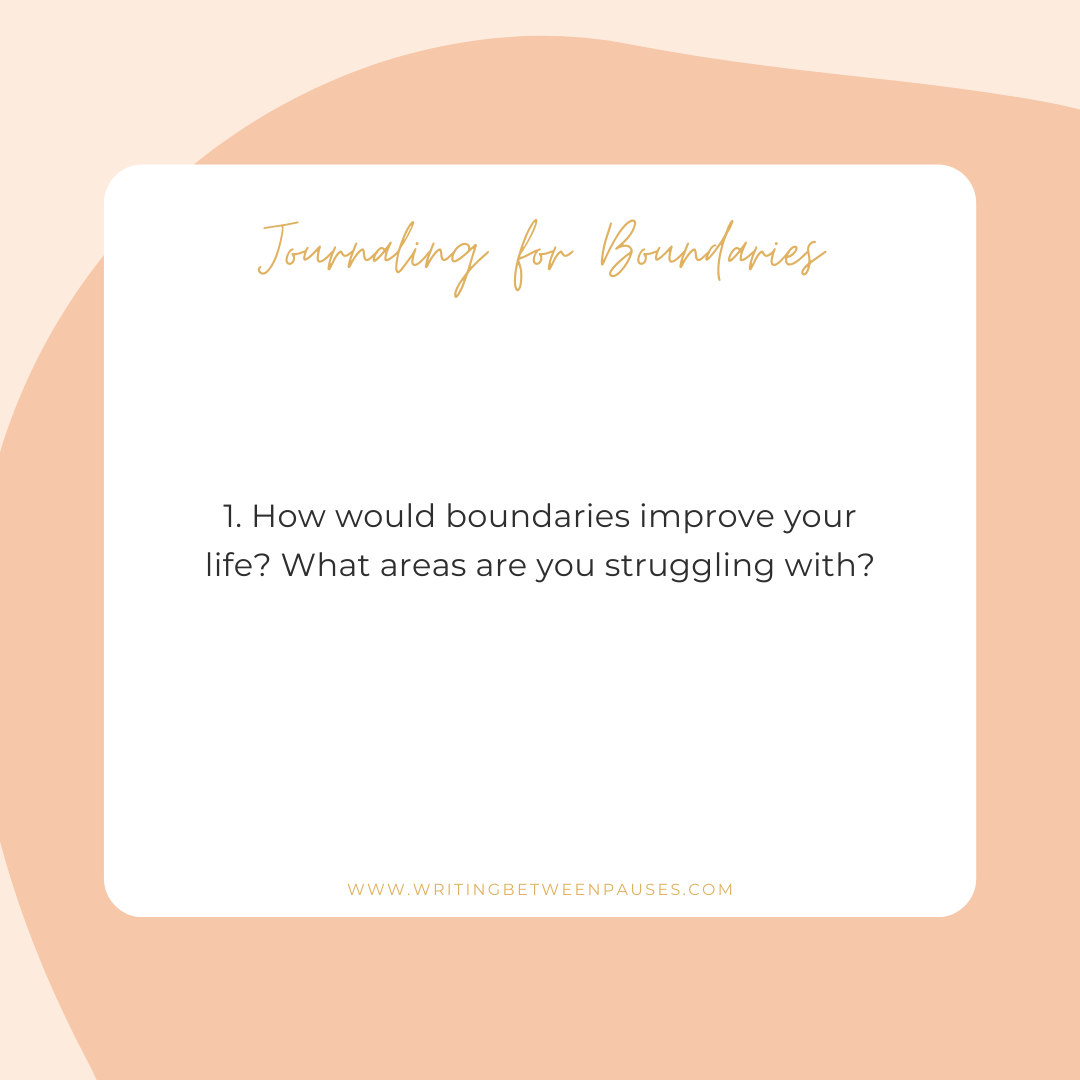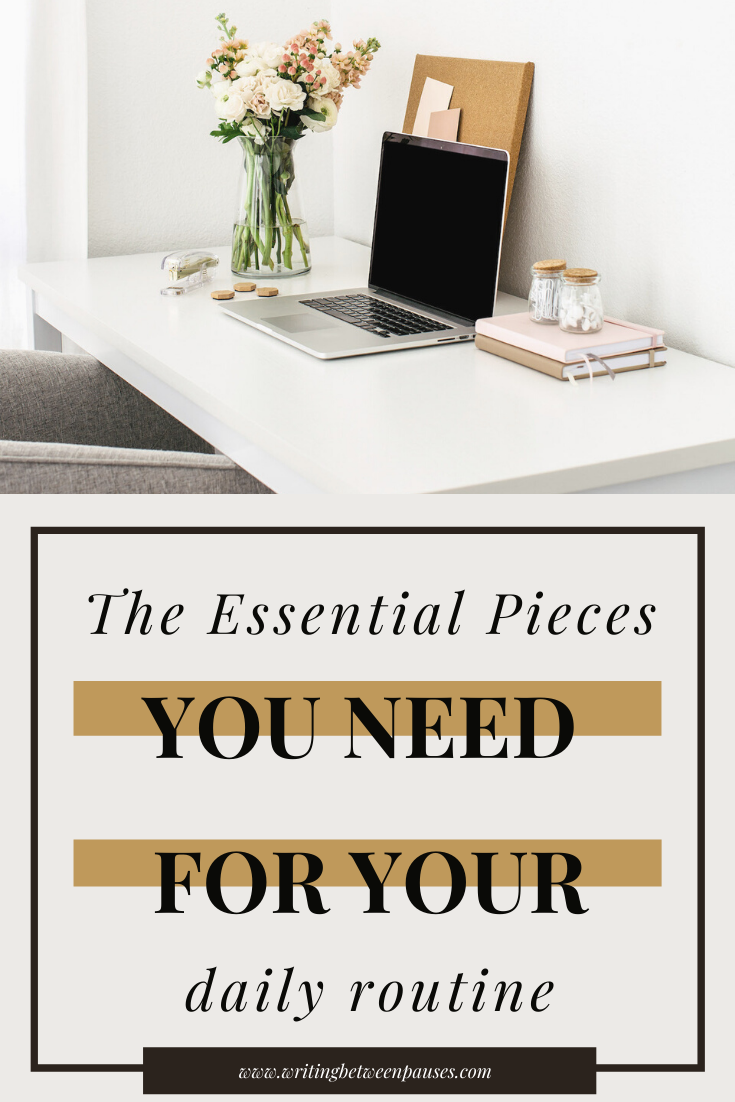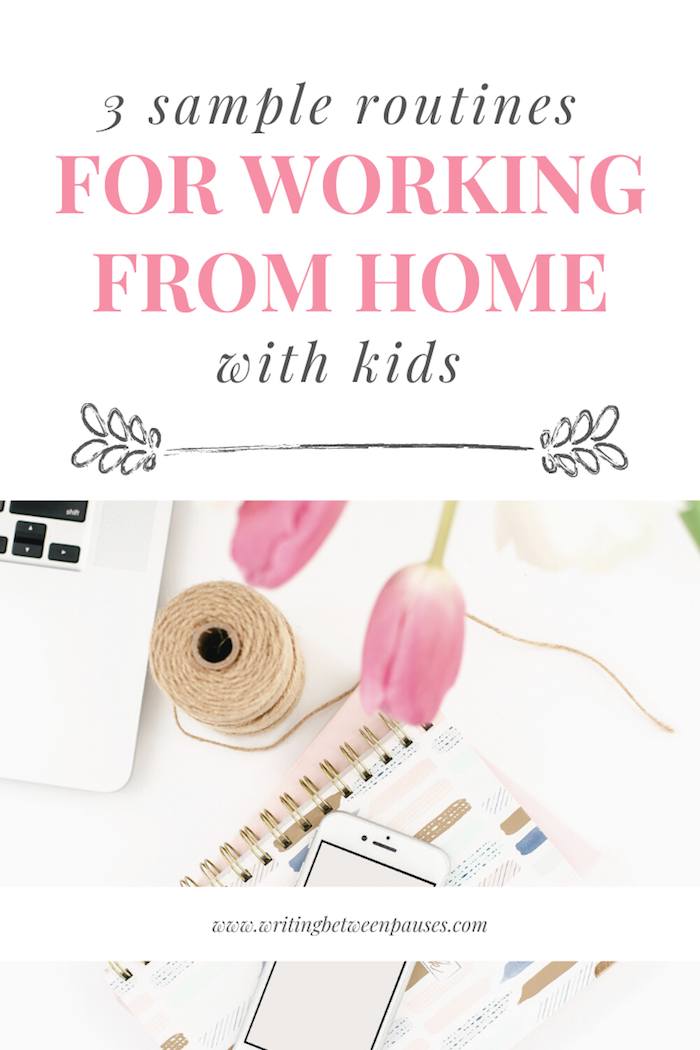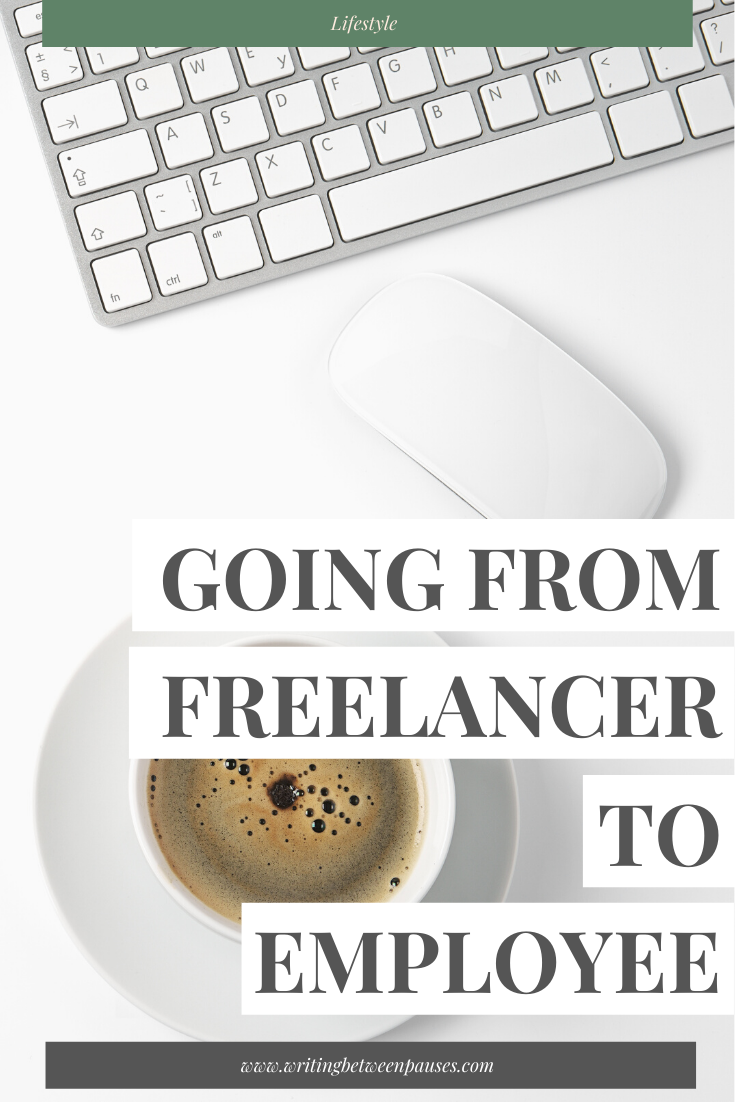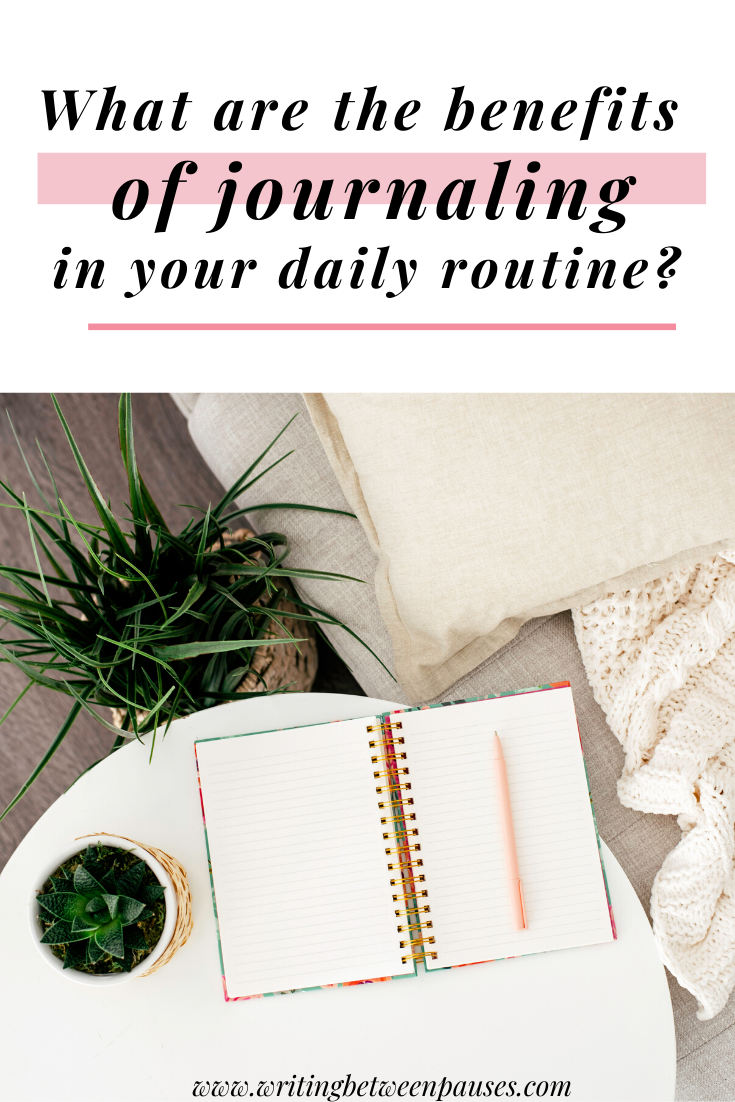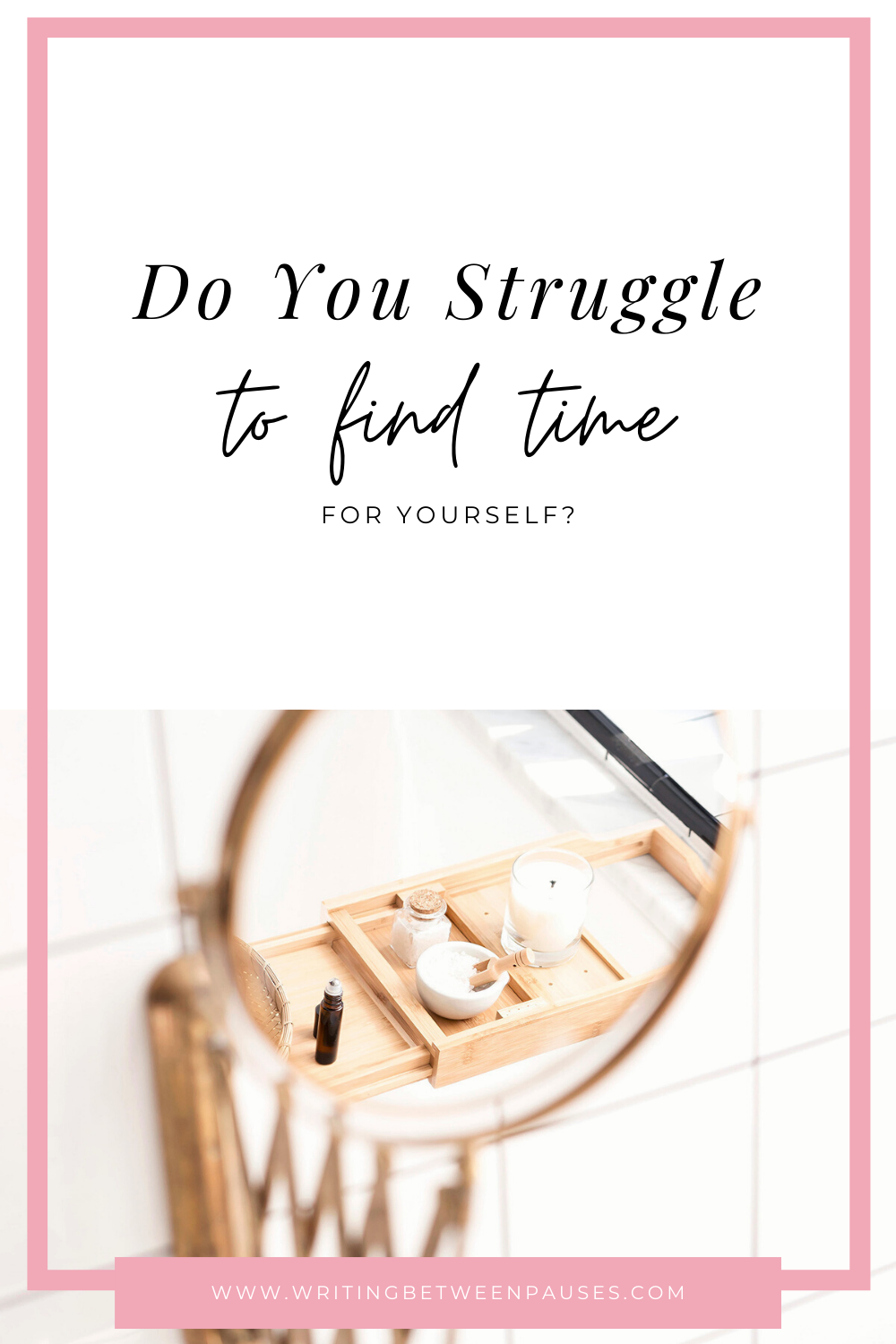Originally, I had this post in my editorial calendar as “things I’ve learned since I was laid off". But as I started to write, I found myself thinking over and over and that again, this puts the focus of my life at this moment on being laid off.
Was it terrible? Yes. Sometimes, it’s hard not to just be filled with a blazing, all-encompassing anger that controls my life day-to-day.
My therapist keeps reminding me, though, that I’ve gone through terrible things before and I’ve always made it out ok. I survived being fired, struggling to find a job, graduating from college amidst my grandfather’s illness, and much more… and I survived all of it, even on the days when I thought I wouldn’t be able to. The only difference now is that I have Forrest.
Before, when things were bad, I had some responsibility, but not much. Now, I have an entire little person to stay functional for and that makes the pressure that much greater. Also, after becoming a mother, I felt overwhelmed by motherhood; I found it at times isolating. It took me a long time to learn that you can love being a mother (I do!) and also recognize that it is a thankless, difficult, and often unpleasant job. It’s not all bad, but sometimes, it’s pretty bad. It can leave you drained.
So when I went back to work, it helped me have a second part to my identity again. I have never wanted to be all mom, all the time. I think if I did, it would leave me exhausted and depressed. It might work for some people, but it doesn’t work for me; I needed more and my job, in so many ways, was the more that I needed.
I’m removing the emphasis from being laid off. I get to tell my story exactly how I want to and part of that means rewiring in my head what that looks like and sounds like to myself. I got laid off—that’s bad. But I think what that actually feels like to me is losing a part of my identity that was helping me to offload the stress of being a mother.
As I started writing, I realized I was talking more about resiliency and inner confidence—not necessarily that I was laid off. Part of the last few months has been rebuilding my identity, figuring out who I am as a professional without an “official” job title (or job, period!), and wrestling with everything that comes with it. This isn’t really fun work (trust me), but it’s been important. And while I would never pretend everything is fixed and perfect right now, I do feel better in many ways than I have in a long time.
All this is to say: when I was laid off in July, I realized I needed to work on being more resilient in my current life. I’ve been resilient in the past in a hundred different ways, but I have really struggled with it the last few months. I wanted to write about resiliency, about what I’ve learned not just this year, but in the years past, and how we can all work on being more resilient.
1. Resiliency is only a little about choice.
“Would you judge me if I canceled X today?” I text my husband at least once a day. It’s usually something small, like an oil change or a work out class. He always sends back: “you can use your energy however you feel fit today.” This is his nice way of saying: if you don’t have the energy to do whatever it is you’re asking about, don’t do it.
We all use our energy for different things, prioritized in different ways. One thing I do every single day, even if I don’t feel capable of doing anything else, is make my bed. It makes me feel good; it makes my bedroom feel cleaner; it’s how I will use a tiny smidgen of energy because it’s important to me. Things I won’t use my energy on if I’m feeling low are: working out; emptying the dishwasher; or vacuuming.
When I went to a therapy appointment recently, I was dressed nice because I had a meeting right afterward. The week before, I’d been barely functional; just really wallowing and feeling bad. My therapist’s first words were: “you’re choosing to be resilient. I see that and I admire that about you.” That day, I had the energy to get dressed (even though I did not feel like it at all) and make myself presentable, because I had an obligation. That’s a form of resiliency.
But sometimes being resilient isn’t really about choosing to do those things. It’s about choosing not to do those things. Sometimes, resiliency might be this: making the choice between showering & getting dressed, and actually finishing a client project you’re on a deadline for. If you have enough energy for either one, you’ll probably do the one that makes you money—but doesn’t necessarily look externally like resiliency.
2. Being resilient isn’t always a badge of honor.
Let’s return back to that time my therapist told me I was resilient and that she admired that about me; right afterwards, she said, “you know, you don’t always have to be so resilient.”
Sometimes, our ability to pick ourselves up and get on with this is something to be lauded. We should feel proud that we got dressed enough to take our kids to school, to make a client meeting. We should feel proud that we used our energy to meet a deadline. But sometimes, it’s not something to wear proudly; forcing ourselves to continue going along with our day (going to work, pretending to be happy or fine) is just hurting us in the long run. It’s ok to take time, to focus your energy on healing and getting better. Sometimes, resiliency is something we use to avoid focusing on what’s hurting us.
3. Like a muscle, resiliency is something you strengthen over time.
We all know someone who has never really had anything very bad happen to them. No traumatic family deaths, no big career shifts. At once, it’s very easy to be jealous of that life; what would it be like to never have something go absolutely topsy turvy one day? To wake up and just be… fine?
But everyone, eventually, has an event in their life that will throw them for a loop and require them to become a little more resilient. Mine, right now, is being laid off; I’d gotten complacent in many ways and now, I have to learn to build an identity that isn’t just about being a working mom. Even the people you look at and think, “they’ve never had anything bad happen” will eventually have something bad happen, unfortunately; and they’ll need to learn to be resilient too. The brilliant thing is: the more you practice resiliency, and healing yourself when bad things happen, the better you get at it because you have the mechanisms and knowledge in place to know what to do.
4. Resiliency is an experience, not an identity.
In the words of my therapist: “you’re entire personality cannot be that you work hard even when you are extremely unwell.” Basically, there is more to life than showing everyone you are extremely resilient and hardworking. No one is going to think you’re any less of a hard worker just because you take personal days, or make time for your self-soothing and self-care activities. Resiliency is something we do, an experience we have throughout our day… but it’s not who we are.
5. Some people are just more resilient than others.
This is slightly related to point 3: some people just go through more in their life and develop stronger skills at resiliency.
Some people are just naturally better at “springing back”, if you will.
And some people just aren’t.
I don’t like change, so I think my biggest struggle with resiliency is moving on and adapting myself to something new, and finding tools to help me make it happen. I don’t think I’m naturally resilient, but resiliency is something I’ve adapted to help me over time. The first time around when I was unemployed, I think I was mentally in a better place, but I was also significantly less resilient in many ways.
Being more capable of resiliency, again, isn’t necessarily a personalty trait. It’s just a fact of life.Some people are better at being organized; some people are just naturally better cooks; and some people are just very resilient.


